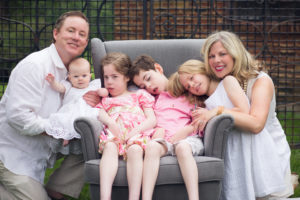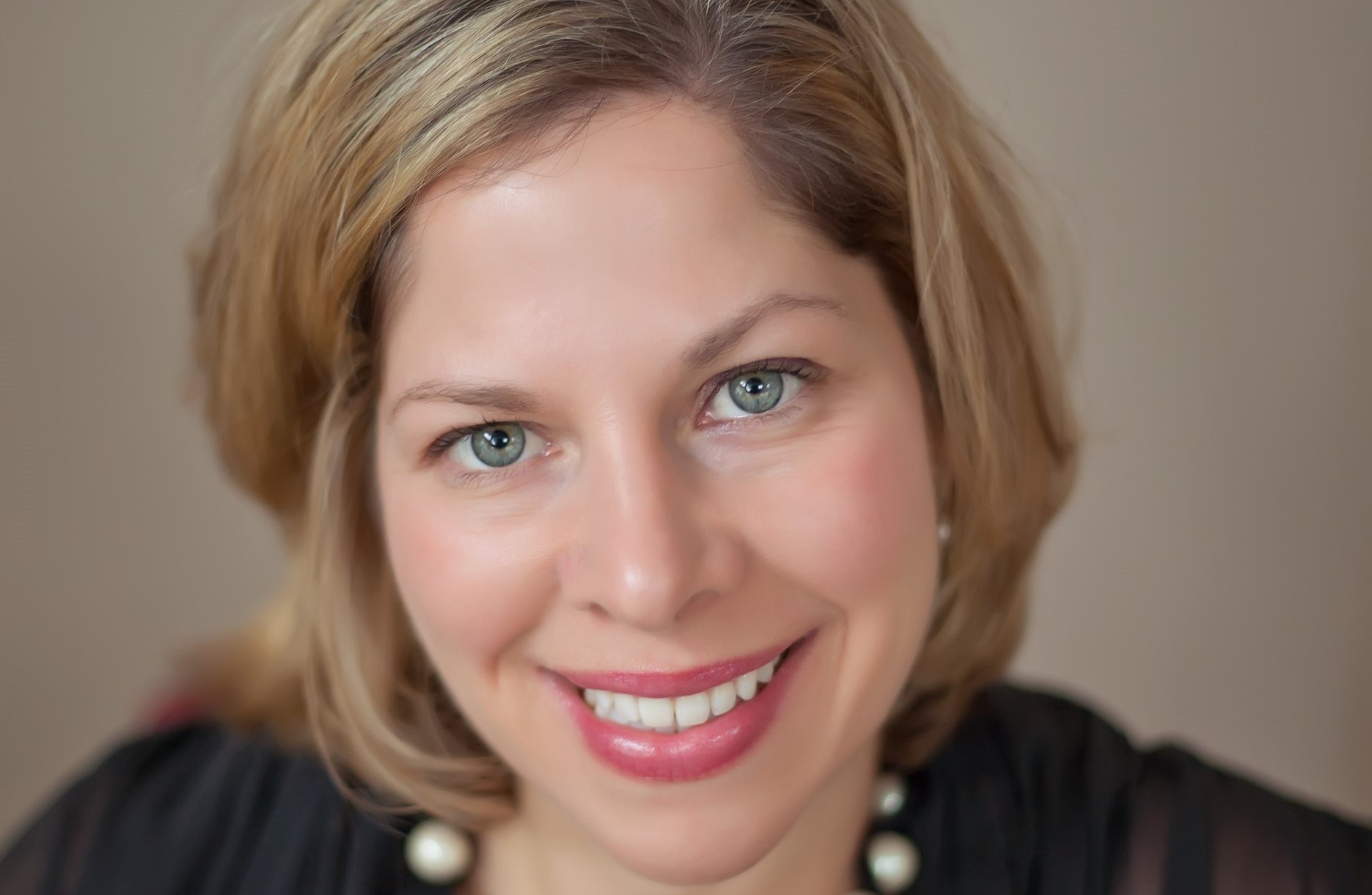By Jennifer VanHoutan – Guest Contributor
If we measure life in moments, Rare Disease Day is a time of progress, hope, and celebration. Together, hundreds of patient organizations will tell the world that rare diseases are more common than you might believe. Together, countless people will push for more research, better policies, and effective treatments.
For most families living with a rare disease, there are also days that can only be described as overwhelming, challenging, and downright murky and dark. Our family is no different. Three years ago, we had four beautiful children. Today, we have two at home and two angels.
Noah, our oldest child, experienced his first seizure at age three. More seizures followed, along with a serious and progressive loss of developmental milestones. We consulted doctors at five different institutions over 16 painful months before receiving a diagnosis of CLN2 Batten disease. For most people with a rare disease, the journey to diagnosis is even longer: an average of five years.
In children like Noah, a mutation in a key enzyme impacts the body’s ability to process intracellular waste. Essentially, “trash” builds up, particularly in the nervous system and retinas. The devastating impact is only realized after the first few years of life. Unfortunately, children with CLN2 Batten typically succumb to their disease by age 12.
With knowledge of this rare genetic disease, we tested our three-year old twins and learned that one of the girls, Laine, also had CLN2 Batten disease. We faced a murky future of unknowns: Will we be able to stop the disease? Will we be able to slow it down? How can we enjoy our family as we spiral into this Batten world?
Like many parents in similar situations, my husband Tracy and I had no training in research, medicine, or public policy. Yet, we found ourselves working to fund research, raise awareness within our community, and lobby for changes at the federal and state levels. In order to sustain Noah and Laine’s exhausting medical routines – and to cope with many sleepless nights – we looked for ways to keep ourselves healthy and happy.
About three years into our Batten journey, I started practicing yoga and heard the story of the lotus flower. The most interesting symbolic aspect of this plant is how it comes to life. Typically, the lotus is born from muck and mire. Yes! From sludgy, slimy waters, this brilliant blossom emerges. I learned we can make the best of our crummy environment and rise above our challenges.
During those long Batten days, I focused on the beauty that my children bring to me. Noah, Emily, Laine, and Colette are each my lotus flowers rising from the murky and unpredictable waters of CLN2 Batten disease. This beautiful image gives me the perspective needed to get up every day, enjoy my children, and advocate for others. For the most part, I don’t sink into murky waters.
I draw energy from participating in meetings and conferences like the Global Genes Patient Advocacy Summit. When I attended my first Rare Disease Week on Capitol Hill, I met Chris Smith from SmithSolve during his break-out session on “Sharing your Story.” Chris helped prepare us to speak with members of Congress, so they could hear first-hand the daily challenges of living with a rare disease. Now, as a community engagement specialist with SmithSolve, I help other disease communities tell their stories. There is strength in numbers, and there are many insights to share.
As I return to Washington DC this week, it will be the first Rare Disease Legislative Advocates (RDLA) conference without Noah or Laine. While I ponder the bitter-sweetness of our life over the last ten years, I remind myself to look for the many lotus flowers surrounding us: The FDA approval of Brineura, the first treatment shown to stall the progression of CLN2 Batten disease. The tireless work of researchers searching for treatments and cures for CLN2 Batten disease and other rare disorders. The friends and family who continue to provide their unwavering support. And the perspective I gain by learning to love and appreciate every moment of this murky, slimy, beautiful life.

Family photo, Summer 2015
About the Author
In 2009, two of Jennifer’s four children were diagnosed with CLN2 Batten disease, a terminal neurodegenerative disorder. She co-founded “Noah’s Hope – Hope 4 Bridget” to share her family’s story and raise critical research funds. In April 2017, the FDA approved the first Batten treatment, with support from Jennifer and her husband through the Noah’s Hope Foundation. She currently lives near Chicago with her husband and daughters.
Her family’s story can be found here.
Jennifer VanHoutan is a passionate rare disease advocate and a guest contributor to the Rare Collective blog.


 RARE COLLECTIVE® is a trademark of Rare Collective, LLC.
RARE COLLECTIVE® is a trademark of Rare Collective, LLC. 